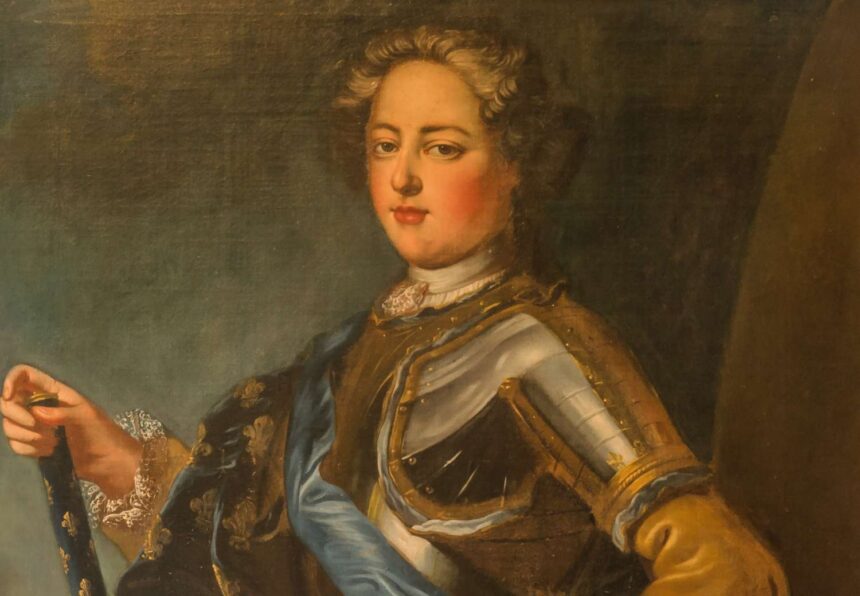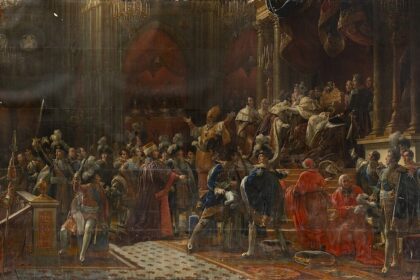Louis XV of France: A Reign of Triumphs, Failures, and the Prelude to Revolution
Louis XV was the king of France from 1715 to 1774, succeeding his great-grandfather, Louis XIV. His reign is remembered for its length and for the increasing tensions between the monarchy and its subjects, which weakened royal authority in the years leading up to the French Revolution.






